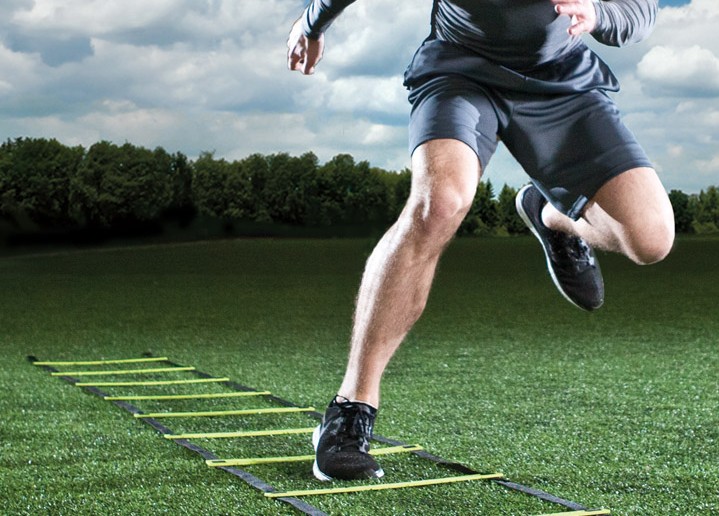Eccentric strength training has been something that strength and conditioning professionals have been using for a long time in the training of their athletes. I’ve borrowed heavily from the powerlifting community in my thinking when it comes to this. As a result, as athletes get closer to the season I like to begin using exercises with a pause, or exercises with an exaggerated descent to help enhance the athlete’s strength levels. This is particularly important for activities where we are concerned about the athlete being able to maintain his/her posture while generating a great deal of force (landing from a jump, sprinting, any sporting activity that involves levering off one side of the body, etc.).
Wirth et al, in the Journal of Strength and Conditioning Research, studied the impact of six weeks of eccentric training on rate of force development and speed-strength measures in relatively untrained subjects.
The authors studied recreationally active college students. The students were evaluated on their squat jump, counter-movement jump, 45-degree angle 1-RM concentric/eccentric and 1-RM eccentric leg press, and seated isometric force production. Training consisted of three sessions per week, each session with six sets of three repetitions of the eccentric (3-second descent) 45-degree angle leg press.
Results:
- Eccentric maximum strength increased by almost 70%
- 1-RM (concentric + eccentric) on the leg press increased by 25%
- Isometric force (in Newtons) increased by almost 5%
- Rate of force development increased by almost 1%
- The squat jump declined by 3%
- There was no change in the counter-movement jump
In a relatively untrained population, six weeks of eccentric only training resulted in large strength gains. On the other hand, isometric force, rate of force development, and the two field tests for power were unaffected by the training.
These results are interesting given the relatively untrained nature of the population. Their lack of training should have meant that just about any training modality would result in gains, but that was not the case here. It’s possible that six weeks, or six sets of three, just weren’t enough to produce a training effect. It’s also possible that the eccentric-only regimen just isn’t enough.
The results of this study are extremely challenging to apply to the training of athletes. The reality is that are not going to perform a total volume of 18 reps (six sets of three reps) and they are not going to rely on only one training method to produce results. For example, if an athlete was utilizing eccentric training to enhance lower body strength and power, then a strength training session might look like the following:
Eccentric squats (10-second descend, explosive ascent): 5x5x70% of back squat 1-RM
Split squats, 3×8-12 each leg
Romanian deadlifts, 3×8-12
Reverse hyperextensions, 3×12-15
In addition, that athlete would be training for speed, for power (using plyometrics as well as the Olympic lifts), conditioning, upper body work, etc. The point is that no athletes is going to train in the manner described. In addition, teasing out a single exercise, using it in a manner different than how it would be employed, and using it in isolation makes it problematic to draw conclusions about it’s impact on an athletic population’s training.
Wirth, K., Keiner, M., Szilvas, E., Hartmann, H., and Sander, A. (2015). Effects of eccentric strength training on different maximal strength and speed-strength parameters of the lower extremity. Journal of Strength and Conditioning Research, 29(7), 1837-1845.




